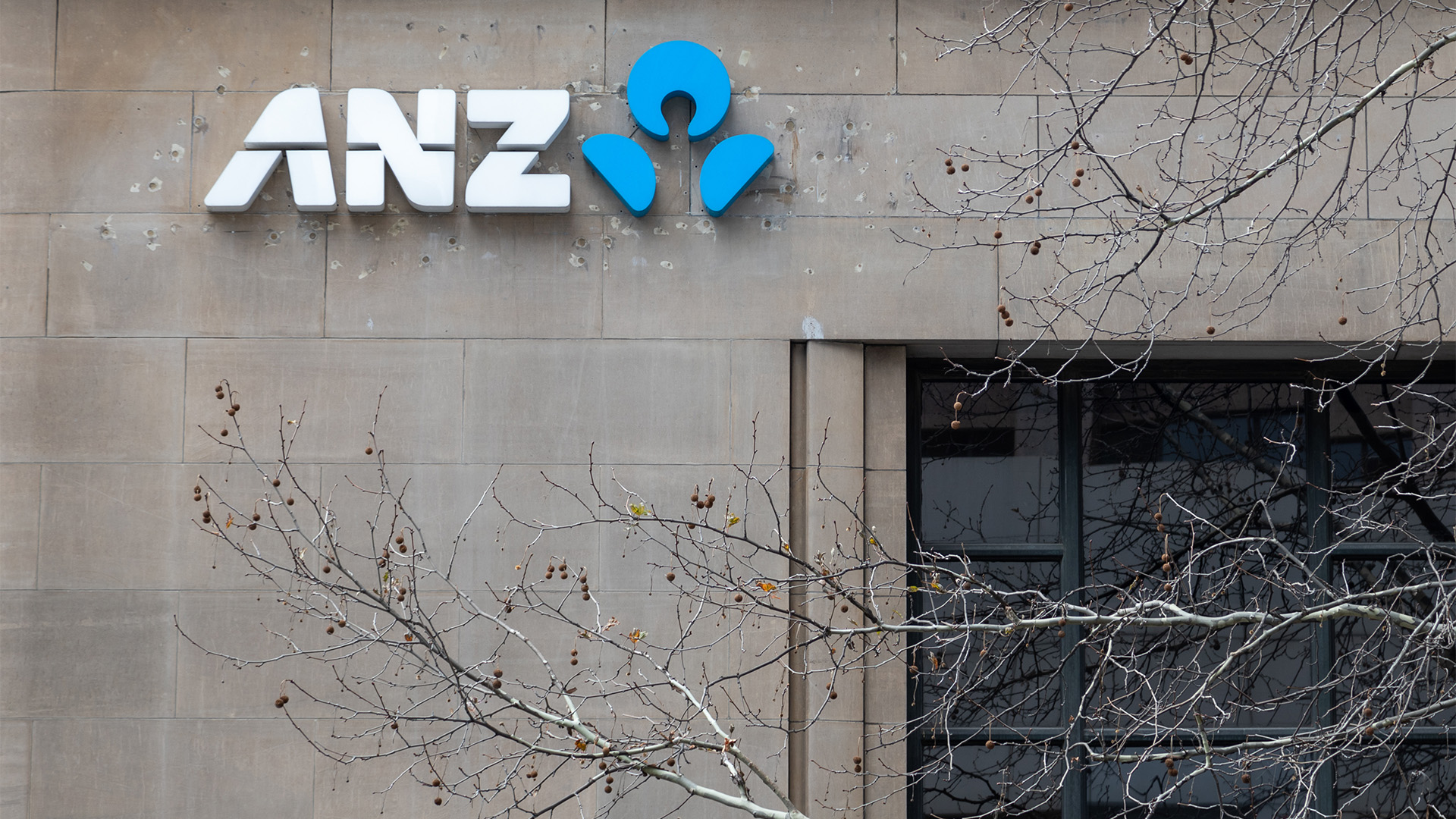David Jones shares were easier yesterday after the department store retailer made guidance in reporting its 2009-10 profit of $170.8 million, which was up 9.1%.
The shares rose then fell as investors took recent profits.
The shares hit a day’s high of $5.23 in early trading then slipped back to $5.10 to finish down 10c.
That was in a market that was weak all day

Directors trotted out the company’s now familiar standard early guidance for the next 12 months of a 5-10% rise in earnings, so from the market’s point of view there was nothing to get excited about and buy the stock.
If met, the earnings growth forecast from David Jones means that profit in 2011 could be around $188 million, although the company said the economic recovery needed to be in full swing to achieve the upper end of guidance.
‘‘Trading in the first seven weeks of FY11 (fiscal 2011) has been in line with expectations,’’ new chief executive Paul Zahra said in the statement.
Net profit of $170.8 million was for a 53 week year ending July 31, compared with the 52 week year in 2009 when it made $156.5 million.
Revenue rose 3.4% to $2.05 billion.
The retailer declared a fully franked final dividend of 18 cents a share (17c a share in 2009); bringing the total dividend for the year to 30 cents per share, up from the 28c paid in 2009.
Mr Zahra said in the statement that it was important to get through the Christmas period before giving any guidance update, so the company was reaffirming its five to 10 per cent profit growth guidance.
Mr Zahra said two years into its strategic plan; the company was ahead of its stated targets of five to ten per cent annual growth.
"For the two years since FY08, profit after tax has a compound annual growth rate of approximately 12 per cent per annum compared to our target of five to 10 per cent growth per annum," he said.
Mr Zahra said the company had reduced its cost of doing business by 140 basis points compared to its four-year target of 50 to 80 basis points.
"We are well on track in continuing to implement our strategic plan and deliver the targeted objectives of 5 per cent to 10 per cent profit after tax growth in both FY11 and FY12.
"We are also well positioned to fully leverage the next upturn in the economic cycle," Mr Zahra said.
The refurbishment of four stores would deliver more selling space in fiscal 2011.
David Jones will also undertake major strategic upgrades of the Chadstone and Warringah Mall stores in fiscal 2011, to increase selling space and reallocate space to high margin categories.
David Jones was ahead of rival Myer in terms of earnings.
Myer last week reported net profit before one-offs rose to $163.5 million for the 12 months to July 31, from $108.8 million a year earlier when there was one week’s less trading.
The retailer pointed top the solid performance in earnings before interest and tax, which is a traditional retailing measure of profitability.
"Earnings before interest and tax (EBIT) up 14.9% to $271 million (2009: $236 million), ahead of prospectus forecast of $261 million, it told the market.
In that respect, Myer was ahead of DJs which report EBIT of $249.2 million a rise of 10.4% on 2009’s $225.7 million.
But the big difference was David Jones store credit card with is co-branded with Amex.
DJs’ financial services business contributed $44.4 million of earnings before interest and tax (EBIT) to the result. Myer has not been able to match this advantage of David Jones.
David Jones is virtually debt free.
"At year-end the Company had net debt of $86 million and our gearing was 10.4%, which is very low compared to most companies in the ASX100.
"The Company’s cash position is strong and sustainable, with significant future investment in the Company’s core business funded by external stakeholders, meaning that the growth program does not require any additional debt funding."













